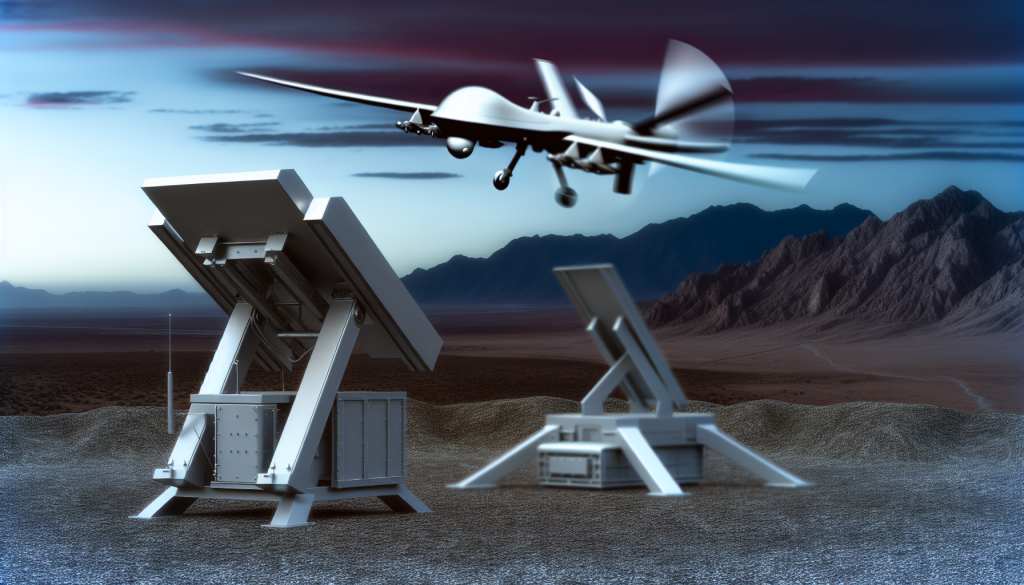As the conflict in Ukraine stretches into its fourth year, the Russian Armed Forces find themselves confronting a formidable foe: unmanned aerial vehicles (UAVs). The prevalence of drone operations has profoundly reshaped military tactics, necessitating significant adaptations and enhancements across various platforms utilized by the Ground Forces to ensure operational survivability.
### The Evolution of Air Defense
One of the most notable responses to the UAV threat is the substantial upgrade of the Pantsir-S air defense system, a key player in Russia’s arsenal. This modernization is not just a superficial enhancement; it addresses the evolving nature of aerial threats with a focus on increasing the system’s effectiveness against drones. The introduction of the Pantsir-SMD-E variant exemplifies this evolution, signifying a commitment to bolster tactical capabilities in the face of persistent aerial challenges.
### Enhancements in Capabilities
Unveiled during the 2024 ARMY Expo, the Pantsir-SMD-E boasts several advancements in target detection and tracking. These improvements facilitate a more precise response to incoming threats, allowing operators to engage UAVs more effectively. The redesign includes an upgraded missile launcher that significantly increases the total missile capacity, complementing the existing dual-cannon system. This dual approach allows for versatility in engagement, whether dealing with drones or other aerial threats.
### Armament Variety
The updated Pantsir-SMD-E is equipped with classic 30 mm 2A38M cannons, traditionally used for short-range engagements, and is augmented by both the short-range 57E6 and 57E6-E missiles. A standout feature of the new variant is its capacity to launch up to 48 TKB-1055 anti-drone mini-missiles. While these mini-missiles may have a shortened range of around seven kilometers—compared to the nearly twenty kilometers of the 57E6—they present a cost-effective solution for engaging numerous threats, including first-person view (FPV) drones.
### Strategic Supply Plans
Throughout 2025, Rostec, the state corporation responsible for defense production, is set to supply these upgraded Pantsir systems to the Russian Ground Forces, ensuring that military personnel are fully equipped with the latest technology. The logistics of production and supply involve detailed planning to meet the demands of the evolving battlefield scenario.
### Testing and Acceptance
Recent announcements from Rostec indicate that the “High-Precision Complexes” holding has delivered a batch of these Pantsir-SMD air defense missile systems to the Russian Ministry of Defense. Successful testing and acceptance by military inspectors underline the reliability and efficacy of the modifications made to these systems. The upgrades not only meet but exceed, expectations, pointing to a robust commitment to enhancing air defense capabilities.
### Flexibility in Combat Scenarios
A critical aspect of the new Pantsir systems is their innovative design, which accommodates a diverse array of munitions. The flexibility to deploy up to 48 mini-missiles alongside conventional guided air-defense missiles allows military operators to tailor their response based on specific mission requirements. This adaptability is key in a dynamic battlefield environment where threats can vary significantly.
### Continuing Adaptation
As the dynamics of warfare evolve, the Russian Armed Forces remain steadfast in their mission to adapt strategies and technologies. The upgrades to air defense systems like the Pantsir-SMD-E represent a broader effort to counter the drone threat effectively while enhancing overall operational capabilities. The commitment to innovation and improvement reflects a strategic awareness that is critical for future engagements.
In summary, the ongoing conflict has driven a wave of modernization within the Russian military, with the Pantsir-SMD-E serving as a prime example of how adaptation to emerging threats is shaping contemporary warfare. The enhancements in air defense capabilities signal not just a response to current challenges but also a strategic foresight into the future landscape of military operations.

